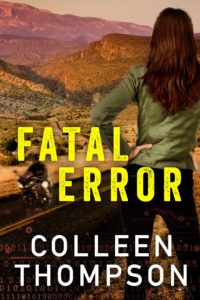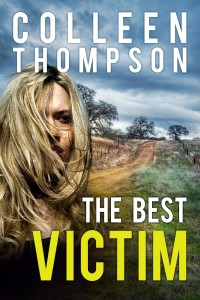Making Villains Real
Let’s face it. Nobody wakes up one morning and simply decides to be evil, not even Genghis Khan or chocolate-deprived sufferers of Premenstrual Syndrome. The truth is that all human beings rationalize their own behavior in the context of their individual background, experience, and milieu. By considering a few basic guidelines, you can breathe life into the villains, or antagonists, of your story.
If you want your hero or heroine’s adversary to approximate a real, three-dimensional person, you must consider the time and social class in which he or she was born. One historically correct method of creating a villain is to imbue the character with the time period’s prevailing attitudes and prejudices, especially those which modern readers will find reprehensible. These attitudes can then be taken to logical extremes with behavior that threatens the main character or blocks the achievement of a goal.
How do you find out about these earlier attitudes and behaviors? Whenever possible, the writer should examine primary sources, or those written during the time period being researched. Diaries, journals, and letters will provide you not only with the flavor of local speech of that period, but with incidents that aroused strong feelings in the person who wrote them. I have read firsthand accounts of those who relished the exciting spectacle of witnessing a public hanging, where refreshments were hawked and children were brought for the moral example offered. In addition, acts of public humiliation, lynchings, and horrendous cruelty to animals are described so matter-of-factly that today’s readers would certainly be appalled.
Period newspapers are, by our standards, shockingly biased. You will find many articles that deviate from reporting to scold or mock classes of people in disfavor, such as Gypsies, people of color, Jews, foreigners, prostitutes, itinerants, the mentally disabled, and women who defied the conventions of the time. Despicable acts against members of these groups are detailed, but by reading between the lines, one can see the writer felt the victims deserved their fates.
Novelist Ann Lawrence, who wrote Lord of the Keep for Lovespell’s Perfect Heroes line, points out that a story’s antagonists “. . . need to be worthy opponents for the hero/heroine. If the villain is stupid or easily vanquished, it greatly diminishes the hero/heroine’s triumph.”
In the same vein, Constance Hall, author of Zebra’s My Wicked Marquess, advises, “The Antagonist must be as complex and valuable to the story as the Protagonist. It always helps if the Antagonist has greater power or status.”
In earlier time periods, society was generally more stratified than today. The difference in perceived power might be rank. For example, if your hero is a duke, your villain can be a king. Differences can also be based on ethnic identity, such as a poor Irish heroine who resists the unwanted affections of a British soldier. In a period where a woman had little opportunity for self-direction, her male relatives often had the upper hand. If a bullying younger brother became head of the family after the father’s death, he would often have the opportunity to choose his sister’s future spouse. Wow! Talk about your sibling rivalry!
Constance Hall also points out, “The antagonist will never seem real without having some good qualities.” Just as protagonists should have some flaws, the villain needs to have some redeeming aspect. Otherwise, he becomes a cardboard representation of evil instead of a three-dimensional character.
One important “redeeming” trait should be the character’s motivation. If the reader can somehow relate to the reasons for the antagonist’s behavior, that makes him understandable, even if his actions are clearly destructive. Shelley Bradley, author of One Wicked Night (Zebra Splendor) cites an example from her upcoming novel, His Stolen Bride.
“My villain is my hero’s half brother. He commits murder, adultery and slander, among other crimes. His reason? His inability to deal with the knowledge his father loved his half-brother more. By giving him an envy
motive, a reader is more likely to identify with [this] villain. After all, who hasn’t been envious of someone at sometime in their life?”
Bradley is right about one thing. Whatever the historical context, human emotions remain the driving force in all fiction, particularly romance. The past is full of bloody conflicts fought because of greed and jealousy, even misdirected love.
As you write, look to the past for dramatic situations, but look to the present for authentic feeling. In many aspects, men and women have advanced, but in matters of the heart, we aren’t so very different from all those who came before us.
After reading through these tips, I hope you’ll spend a little time asking yourself about your story’s villain. Is your antagonist formidable, well motivated, and attuned with his/her time period? If the answer to all of these is yes, you’ve learned that great characterization is a must for every person in your story – even those cads whose pictures will never make the cover of your book.
Colleen Thompson originally wrote this article as Gwyneth Atlee (her historical romance-writing alter ego) for Historylink.info in 2001.


